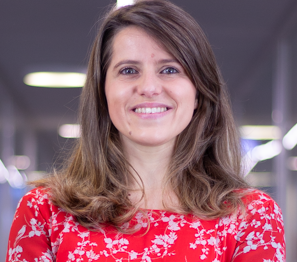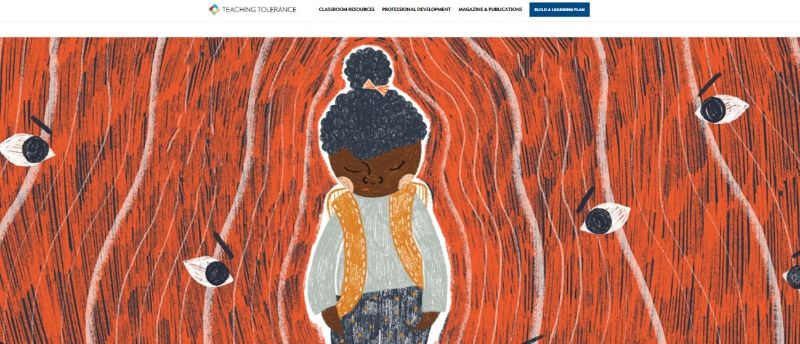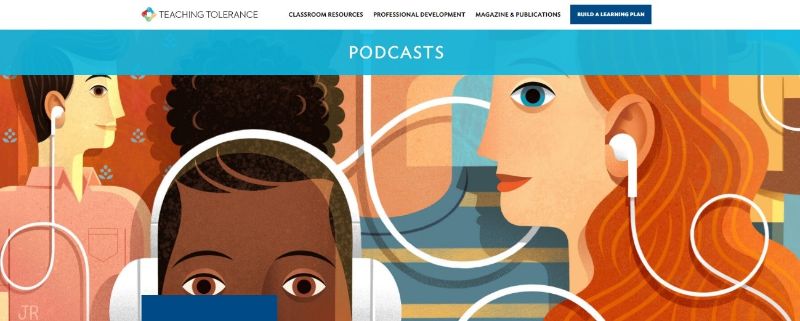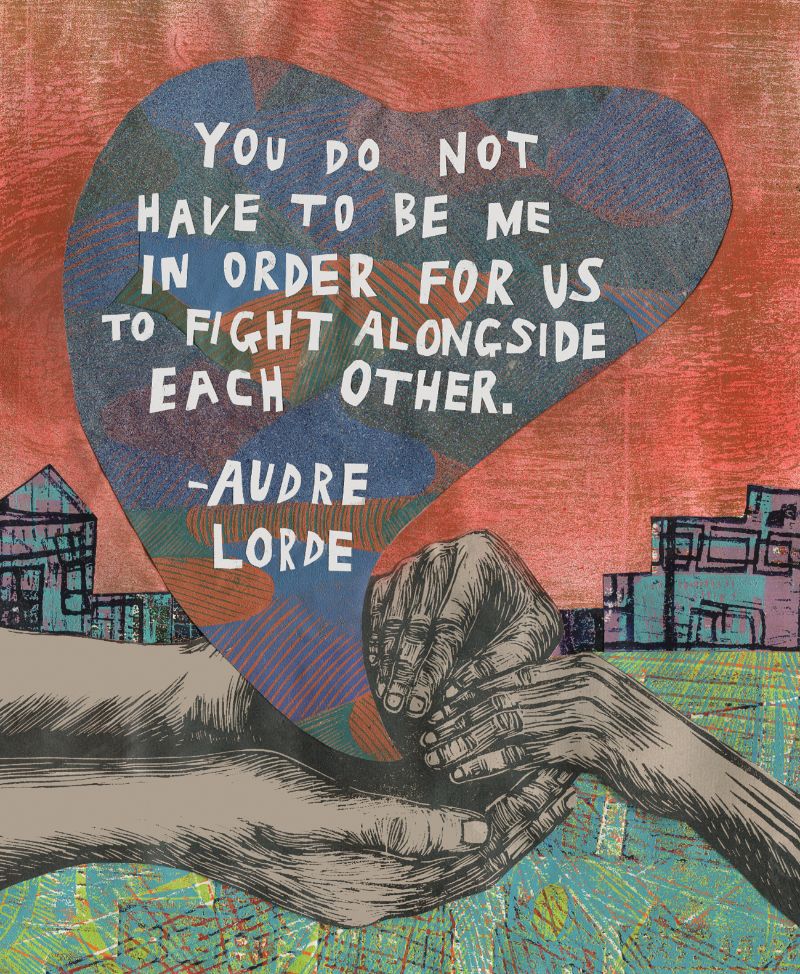
Profile
Ana Mouta is Pedagogy Specialists at jp.ik.
These last months have been of incredible changes in our ways of living. It has been insightful to be challenged to think what it means to live, to survive, and to exist and how differently we feel about this.
In the education field it has been harshly demanding to respond to our own professional development needs while students so distinct necessities (even more exposed during confinement) were all around. But one thing seems to have become clear to everyone: school is far more than learning that kind of pact with science and evolution! School may be a place where new perspectives, dreams, promises, and possibilities inhabit for many with very narrow horizons and familiar experiences. Encroached by cultural cages or objective hard living conditions, so many find a renewed family and a subjective sacred area in their schools, a place that is so cosy for the heart they could call their home. In this context, teachers easily become truly significant figures, role models or inspiring drivers in students lives. This does not mean school should use this symbolic power just to help their students inside its frontiers; this means it is expected to foster the reconciliation between children and their homes or background, seeing families far beyond acculturation places, but as living experiences than may conquer a new balance and dialogue.
So, following this mission we turn our attention to teachers again. We are dropping here another tip you can easily incorporate into your classes, whether they are face to face or cloud based. Let us make this cloud a super nest to both support and enable our students to fly wider.
As we have been living under this turmoil of pandemic, threats to environmental sustainability, racial disparities, and terrorism, today we would like to talk about diversity, empathy, care, and democracy.

And we have found a great and free open resource to help us out:Â teaching tolerance. In its authors own words, teaching tolerance mission is to help teachers and schools educate children and youth to be active participants in a diverse democracy [through] an anti-bias approach [that] encourages children and young people to challenge prejudice and learn how to be agents of change in their own lives. anti-bias education works through the four domains of identity, diversity, justice and action.
This organisation, founded in 1991 and considered an UNESCO friend, had the main purpose of preventing the growth of hate. They have started with a magazine and movies reporting the modern civil rights movement and their materials have already won two Oscars, an Emmy, and scores of honours.
Besides the site purpose, what seems most impressive is the so well-structured and beautiful toolbox of resources we have access to.

History, geography, languages, arts, science, and even math! There is a world of possibilities to explore with these vast tools. We can navigate through the classroom resources where we may find k-12 ready-to-use lessons, learning plans aligned to curricula, student tasks, teaching strategies, film kits, and even a learning plan builder. Another meaningful tab refers to professional development, where teachers discover insightful workshops, webinars and podcasts, facilitator guides, and self-guided learning tips. Inside these chapter, you are driven through different landscapes that include robust toolkits exploring diverse identities in the classroom or a school climate evaluation kit to promote safer schools, bullying-free authentic relationships, and neutrality when approaching religious tolerance.
Digital literacy is also on the radar and it goes hand in hand with all the programme in a very timely approach to youth. As the time students pass in front of screens is steadily growing also rooted on the contingencies of this pandemic, a formal educational interest and action upon this matter seems to be critical! It is no more just about some kind of addiction to social media: the fact is that this generation is learning we must love at distance, care through digital signs (emojis, so many times!) and be educated through bots that may promptly assist our doubts.
Tolerance is not here conceived, of course, as sovereignty (in relation to others); it is based on a relationship model that is particularly relevant now we are living these extra-ordinary days. Let us spread the message, not the virus; let our exchanges based on our so enriching differences be contagious.




